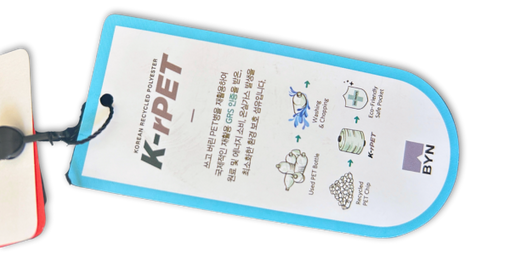
One of the nicest things about the internet generation is that we have a way of bringing old, dusty industries to their knees. Armed with fashion-forward knowledge, you too can help push a large pair of cutting shears across the fabric of non-sustainable practices. Read on for a few truth bombs about your closet.
Fast Fashion Is Quickly Dying
Fast fashion was born in the 1800s as a side effect of the Industrial Revolution, but the real progression of seasonal trends didn’t start strutting the catwalk until the 1960s. Unfortunately, these new and exciting threads came at a very real cost to humanity.
Now, with hotter and longer summers, the lines between seasons have been blurred—making purchasing heavy winter gear much less appealing. With studies showing a profit loss of $572M more in the winter season of 2015 vs. 2014, fast-fashion conglomerates have been getting pretty concerned about their future.
To make a change, we all need to take sustainable fashion seriously. Here’s a shopping list of 22 sustainable clothing companies that made the cut on Highsnobiety magazine.
Green Is The New Black
The fashion industry is made up of all of the world’s largest polluters; electricity and heat for production, storage, and sales; agriculture for leather and wool; carbon emissions from transportation; petroleum is used to make polyester.
As we consume more and more information like this, it becomes abundantly clear that fast fashion is a major driving force towards the destruction of our planet and the people who live on it. “Slow fashion” is a movement currently gaining traction in its fight to opt for quality over quantity.
You can get involved by shopping with sustainable companies, advocating for basic human rights, and standing up for our planet.
Looking Trashy Will Be “In”
With unpredictable weather patterns, textiles like cotton are harder to grow en masse and manmade fibers are just accelerating the problem. As a solution, eco-friendly companies have been using everything from recycled plastic water bottles to rubber tires to make their fabrics. Check out Nau’s line of sustainable fabrics to see what you’re really wearing.
Your Clothing Could Be Grown In A Lab
The jeans industry rakes in an annual profit of $8.5 billion while also polluting waterways that factory workers use as drinking, cooking and bathing water.
Artist and researcher, Ali Schneider, is exploring the uses of bioengineering to ‘grow’ clothing. In addition to growing fabric in a lab, Ali’s newest project, Vivorium, aims to use bacteria to produce indigo blue jean dye color. She told interviewers at Refinery29 “Imagining what biotechnology could mean for indigo—what it could mean for the future of denim—pushed me to think about how we could reshape fashion production in a really inventive way.”
Fashion Will Follow Function
It’s the age-old conundrum; does function follow form or does form follow function? Well, we predict that fashion will have to evolve into a function-first industry.
With seasons quickly merging, your wardrobe will need to be able to weather the storm and deal with hot days too. Transitional wear is bridging the gap between seasons–while also crafting the phrase “so last season” into a compliment.



